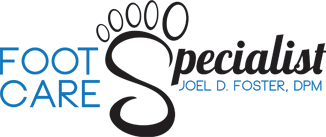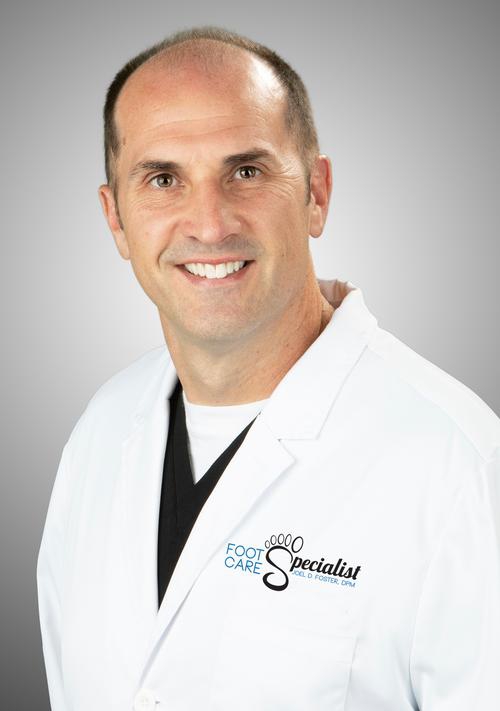The more information you have, the better decisions you can make.
Here’s a silly example. Let’s say you want to buy a used bicycle. You look online and find something that looks promising. Good brand, you like the colors, and the picture looks great!
But when you inspect it in person for the first time, you realize there are a lot of problems that the photograph alone didn’t show. The chain is rusted. The seat is uncomfortable. The tires wobble so badly that you’re afraid they might fall off!
Unfortunately, you really needed to be able to see the entire bike and ride it a bit to get the whole picture.
This is going to be a lot more work than you thought!
Likewise, when you come to our office with a severe injury or deformity that may require surgery—or at least a more in-depth evaluation and diagnosis—we may decide that a simple X-ray isn’t enough to go on.
To get the most accurate possible assessment, we’ll order a standing CT scan. This is one of the recent advanced technologies we’ve incorporated to provide the best possible care to our patients.
What Is a CT Scan and Why Is It Better Than an X-Ray?
CT stands for “computed tomography.” Instead of taking one X-ray, which takes a flat, two-dimensional photograph of your body, the CT scanner takes several X-rays from different angles.
A computer program then uses advanced digital geometry algorithms to calculate and create an accurate three-dimensional model from those pictures.
That complete 3D image is the closest we can get to seeing the bones and tissues themselves up close.
What Is a Standing CT Scan?
So when we said CT scan, you probably thought about those big body scanners in hospitals—you know the ones. You lay on a table, get rolled into a donut-shaped chamber and have to lay really, really still for up to an hour.
Well, good news! Aside from using the same diagnostic technology, a standing CT scanner is nothing like that at all.
In a standing CT scan, you step up onto a circular platform surrounded by doors and guards that are about knee height. The pedCAT system we use in our office is a bilateral device, meaning we can take complete pictures of both feet at the same time.
And it’s quick—since the cone beam technology only requires a single rotation of the beam, we can complete a full bilateral scan in just 48 seconds. Partial foot scans are even faster.
What’s the Advantage of a Standing CT Scan?
A standing CT scan is significantly better at evaluating foot and ankle conditions than traditional CT scanners for one main reason: your foot is bearing weight during the scan.
The standing position is the best way for us to evaluate the true alignment and biomechanics of your feet and ankles. A standing CT scan can reveal, for example, whether a joint space has collapsed or an ankle has rotated too far out of position when the foot bears weight.
These and other issues may not be apparent using a traditional CT scan, when the foot is in a more relaxed position.
To summarize, a standing CT scan is the perfect tool to:
- Identify and diagnose biomechanical and alignment issues with the feet and ankles
- Evaluate arthritic joints
- Evaluate bony deformities, such as bunions
- Evaluate wobbly or unstable ankles
- Select appropriate surgical procedures and develop the safest, least invasive, and most effective surgical plans
- Develop effective post-operative plans
- Evaluate post-surgical recovery
Is a Standing CT Scan Safe?
Yes, completely.
Although the standing CT scanner—like all diagnostic imaging devices—emits a small degree of radiation, the amount is negligible and insignificant.
The pedCAT system we use will expose you to as little as 2 microsieverts and as much as 6 microsieverts of radiation. For context, that’s less than the amount of background radiation you’d normally get in a single day just by living your normal life (8-10 microsieverts). It’s less than you’d get just by flying in a plane for a couple of hours.

